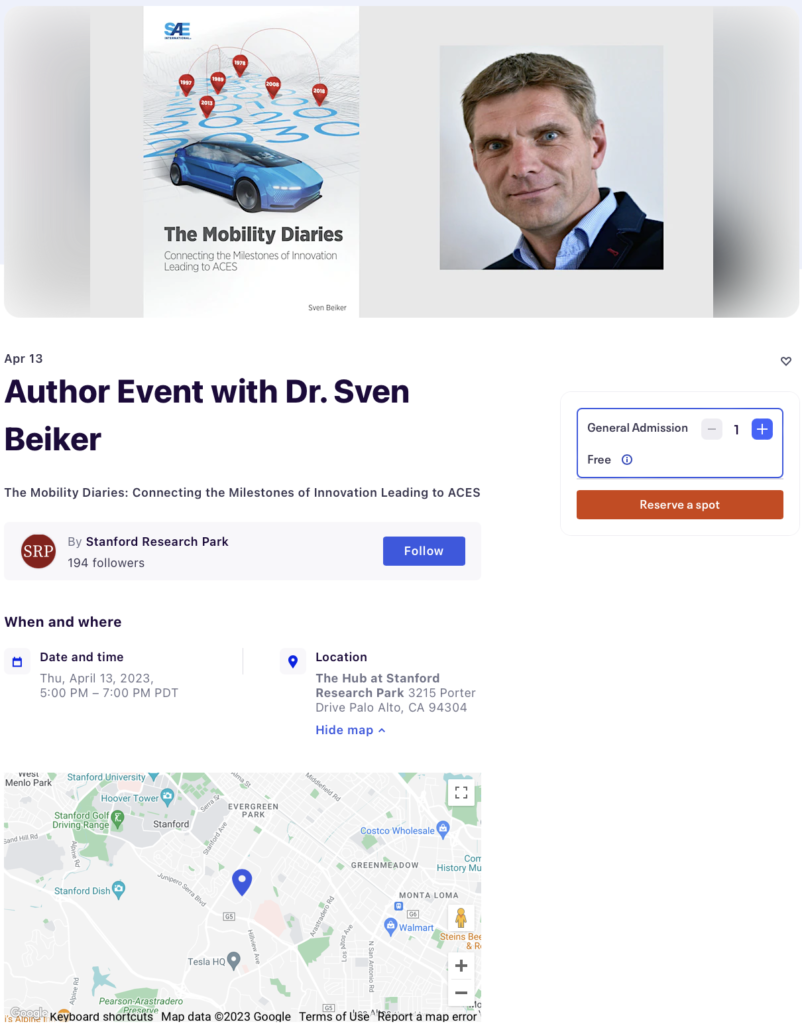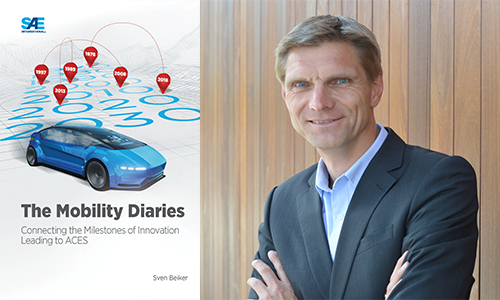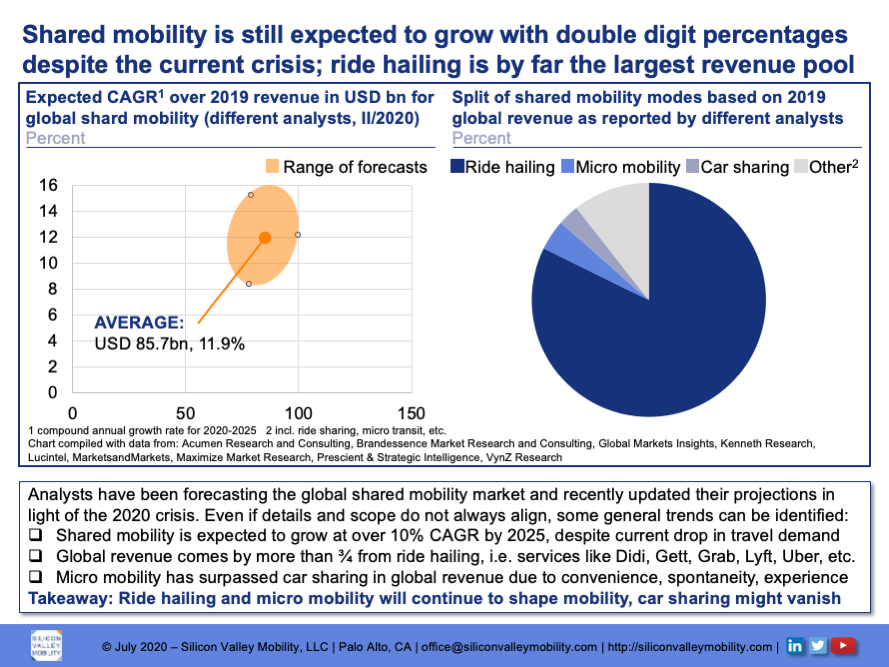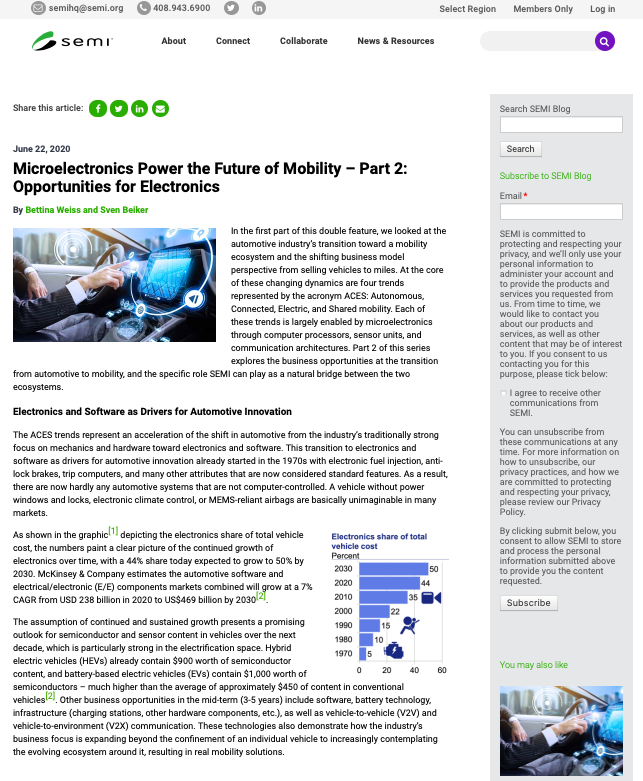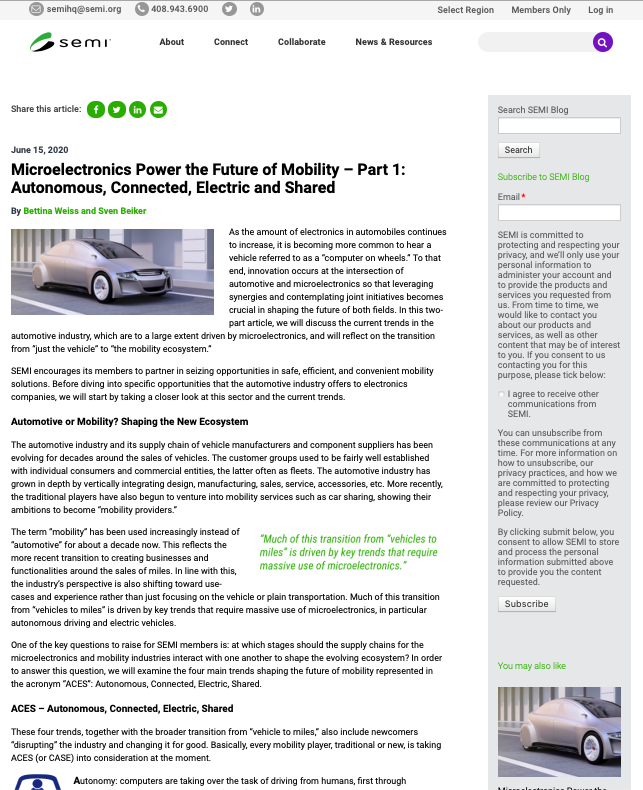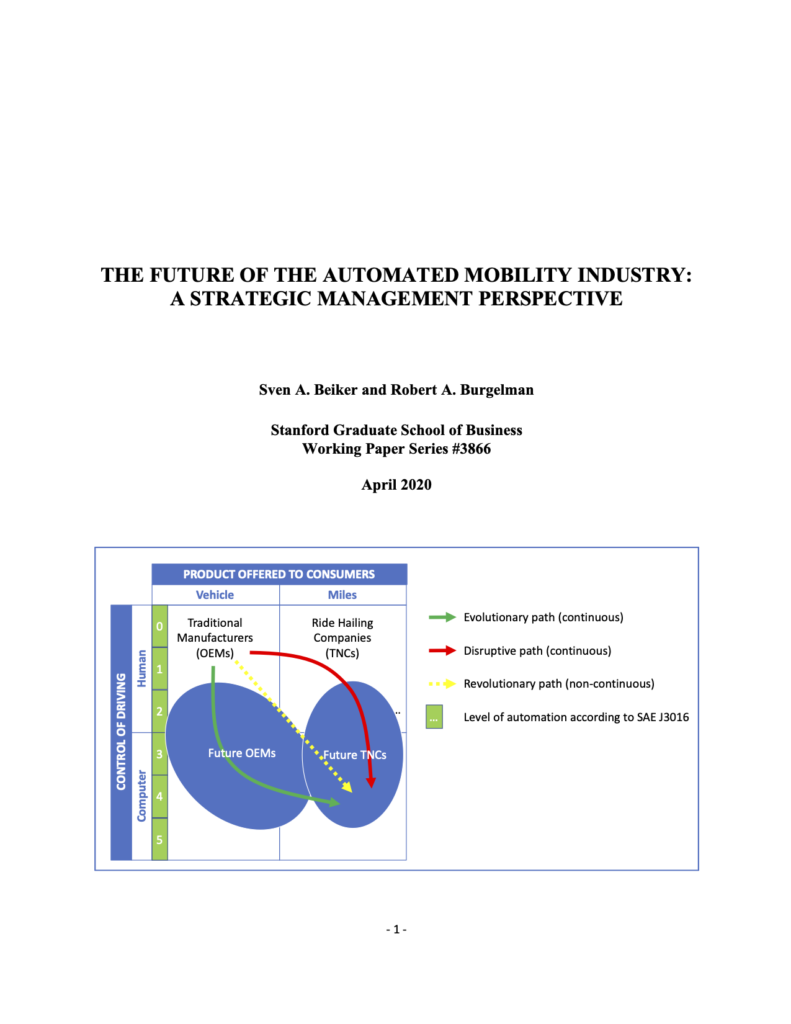Book event at the Stanford Research Park – April 13, 2023
Mark your calendars – we are having a networking event to discuss my book The Mobility Diaries on April 13, 5pm at Stanford Research Park. This is an in-person event open to the public.
Here’s the program (or visit event page):
5:00 Reception, early guests will get a free book
5:30 “The Mobility Diaries” – A conversation with Dr. Sven Beiker
6:15 Book signing and networking
The Mobility Diaries, published by SAE International, tell my view of how autonomous, connected, electric, and shared vehicles have come about. Now I look forward to a good discussion and am eager to get your take on the matter.
Registration is now open at: https://www.eventbrite.com/e/author-event-with-dr-sven-beiker-tickets-575687134717
See you there!

